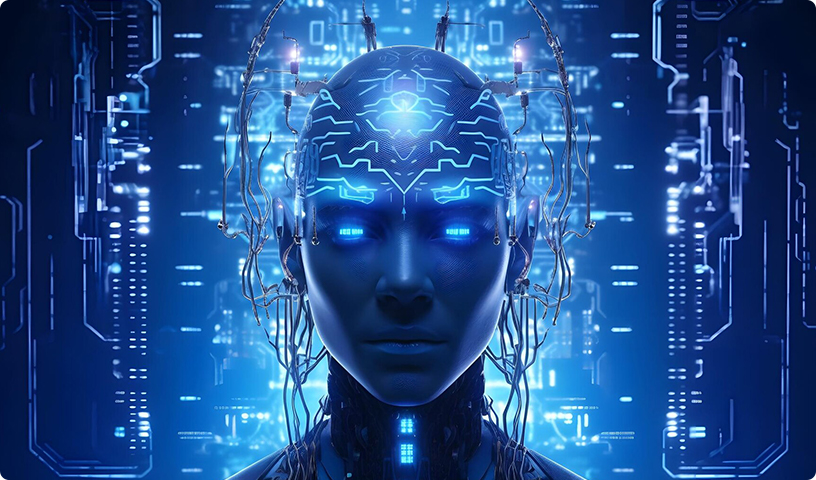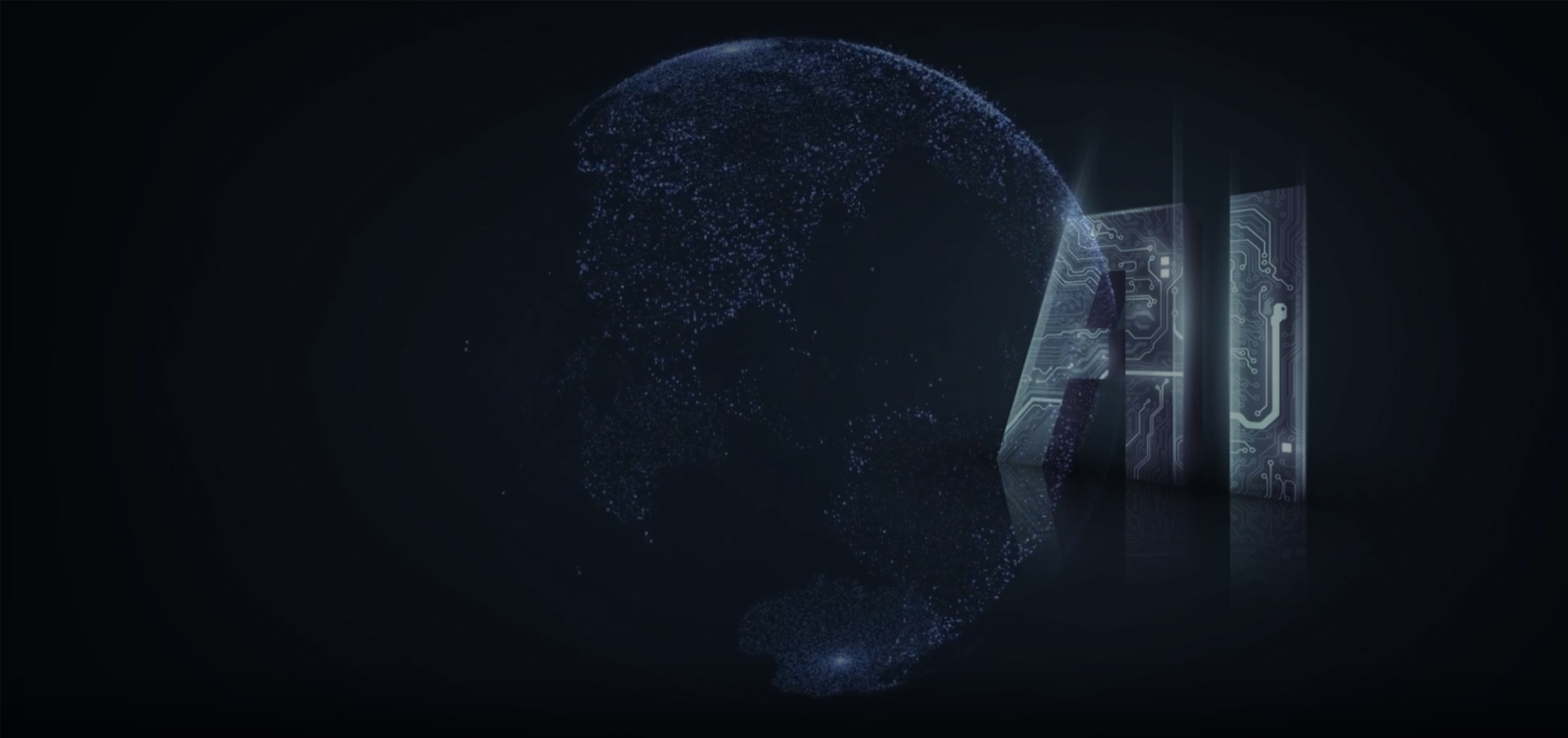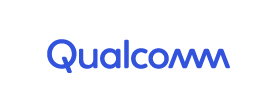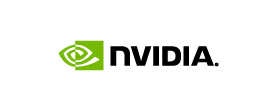

Built-in diverse real training datasets
Manual and AI automatic annotation mode
Distributed edge incremental learning for rapid model training iteration
Automatic transformation and quantification of models for rapid migration and deployment

A wealth of landing business scenarios have precipitated a core logic component library and industry-highly-adapted scenario functions
Visual drag-and-drop orchestration for personalized parameter tuning
Real-time, flexible, and multi-dimensional effect verification
Edge device cluster authorization with one-click deployment of functions

Easily achieve lightweight and high-performance requirements through model replacement, transformation, and quantization on the edge side
Flexible deployment of multiple tasks on multiple hardware
- Smart park

- Smart retail

- Smart campus

- Smart transportation


Project background
In the field of smart parks, the core requirements are video surveillance and portrait analysis. It is mainly embodied in face recognition, forbidden zone intrusion, traffic statistics, video content feature extraction, etc. It can identify targets in real time and detect target attributes and other information for data analysis and research to maintain regional security.
Pain points
There are many fragmented and long-tail demands, high customization costs, and long development cycles;
Device angles, lighting, and background complexity affect functional recognition accuracy;
There are a large number of surveillance devices, with long deployment, implementation, and after-sales periods.
Solution description
Privately deploy a full-stack AI training and development platform, ensuring data stays within the domain and protecting privacy. The platform incorporates mature models and logical components to quickly iterate and train new models, orchestrating functions such as people counting, intrusion detection, phone call recognition, illegal parking detection, smoking detection, license plate recognition, garage space availability, and key personnel screening. It provides real-time verification of function accuracy to meet rapidly changing AI demands. Functions can be deployed to edge devices with a single click, with cloud-based centralized management for quick response.
Project background
In the field of smart retail, it mainly revolves around three aspects: goods, stores, and people. It includes face recognition, product recognition, behavior attribute analysis, traffic statistics, in-store tracking, etc.
Pain points
Lack of data insight guidance, difficulty in acquiring customers, and low marketing conversion rates;
High degree of information fragmentation, separation of digital behaviors inside and outside the venue;
Traditional customized algorithms are costly, difficult to apply on a large scale, and have long deployment, implementation, and after-sales cycles.
Solution description
Based on the general needs of the industry, an AI-powered smart store all-in-one device is quickly built through a full-stack AI training and development platform, leveraging its underlying compatibility.
In terms of hardware, considering the data-intensive nature of retail stores, a micro-edge deployment approach is adopted to perform data processing, analysis, and decision-making locally, thereby saving costs on servers, storage, bandwidth, and physical space.
For the software platform, universal store algorithms are built-in, allowing for immediate use upon unpacking. It also connects to the cloud-based training and development platform, enabling quick and customized orchestration of functions such as people counting, human attribute recognition, user behavior analysis, trajectory tracking, customer dwell time, and table turnover rate, based on the actual situation of the store. These functions can be deployed to edge devices with a single click. Additionally, through the model training module, the models are continuously iterated based on on-site data to improve the accuracy of function recognition, thereby supporting business decision-making.
Project background
After the strategy of "promoting education digitization" was clearly put forward in the report of the 20th National Congress of the Communist Party of China, educational innovation practices have continued to emerge. This strategy centers on roads (hardware facilities), vehicles (software platforms), cargo (educational resources), and drivers (teachers), with resources and data as the new elements. It deepens the application of intelligent technologies such as artificial intelligence, big data, and 5G, promoting the vertical deepening and horizontal integration of digital transformation, and contributing to the realization of a trinity of smart education ecology featuring digital connectivity, Internet of Things, and intelligent connectivity.
Pain points
The school's application construction is lightweight, high in operation and maintenance costs, and difficult in customized design;
Data islands and non-standard data standards exist between schools, making it impossible to mine data value across different levels;
The education resources are unbalanced, and AI talents are mainly concentrated in a few key institutions.
Solution description
On the one hand, by combining edge computing devices and a full-stack AI training and development platform, we can create a hardware-software integrated learning and development kit suitable for college students, innovate and enrich the manifestation of educational resources in schools, establish school-specific courses, and meet the needs of teaching interaction and learning.
On the other hand, for junior and senior students, we can quickly deploy functions such as identification of misbehavior, automatic statistics, and posture determination through cloud-edge-device collaboration, which can assist in school management, examination, and teaching processes.
Project background
The Traffic Management Bureau requires the full use of new technologies such as AI and big data to establish and improve the integrated traffic management system for urban road traffic perception, early warning, and research and judgment.
Pain points
Different scenes and lighting conditions affect detection accuracy and speed;
It needs to support the processing and analysis of large-scale data.
Solution description
Privately deploy the MORUAN AI training and development platform, access actual scene data, self-train models, and quickly orchestrate functions such as behavior detection, vehicle attribute detection, and traffic flow statistics in combination with built-in logical components. Conduct business analysis such as congestion status, average speed, and time occupancy based on reported events.
By deploying on the edge of devices, it meets the requirements of machine latency sensitivity, completes data analysis at the edge of the original data source, and can still provide uninterrupted services in environments with no network or unstable networks. Provide API interfaces to connect detection results to third-party business systems for overall analysis and management.

The team was established in 2019 with over 70 R&D technicians, 85% of whom hold master's degrees. Since its inception, the team has successfully implemented over 100 projects across various industries such as parks, transportation, campuses, manufacturing, retail, and finance. In actual projects, the team focuses on creating universal algorithms centered on "targets" and expanding application boundaries centered on "scenarios". Through the accumulation of core technologies and values such as AI framework adaptation, chip heterogeneity, and business logic decoupling, the team helps enterprises achieve rapid, low-cost, and large-scale deployment of AI applications. Our solid strength and high-quality services have earned us a reputation and wide recognition in the industry.

and MORUAN's technical experts will contact you as soon as possible to assist you in completing the trial.








